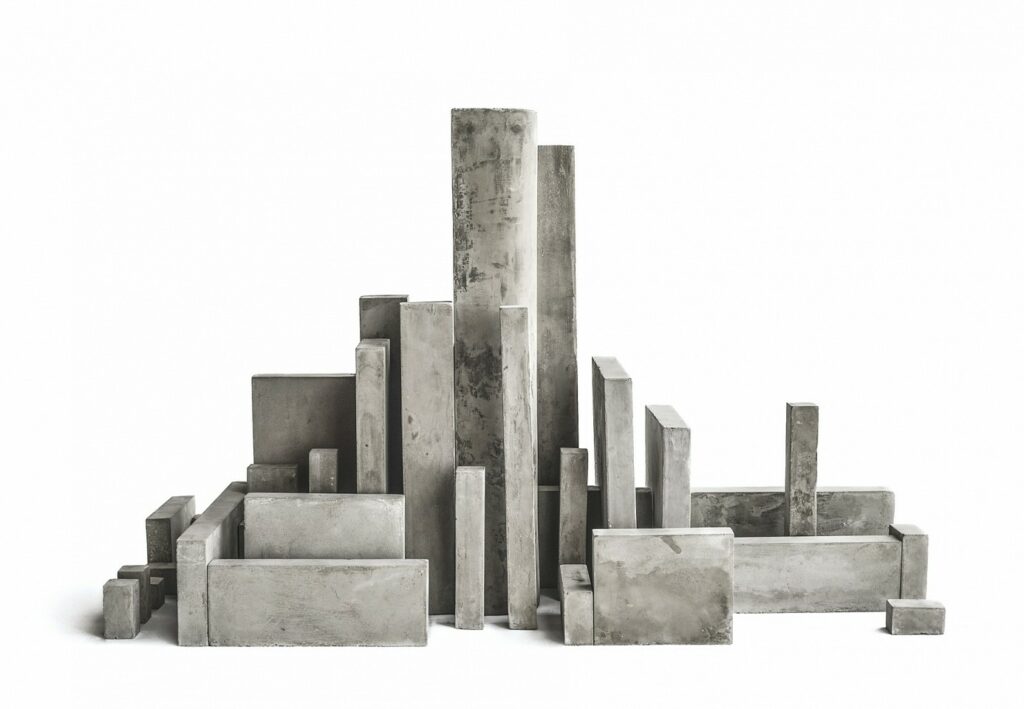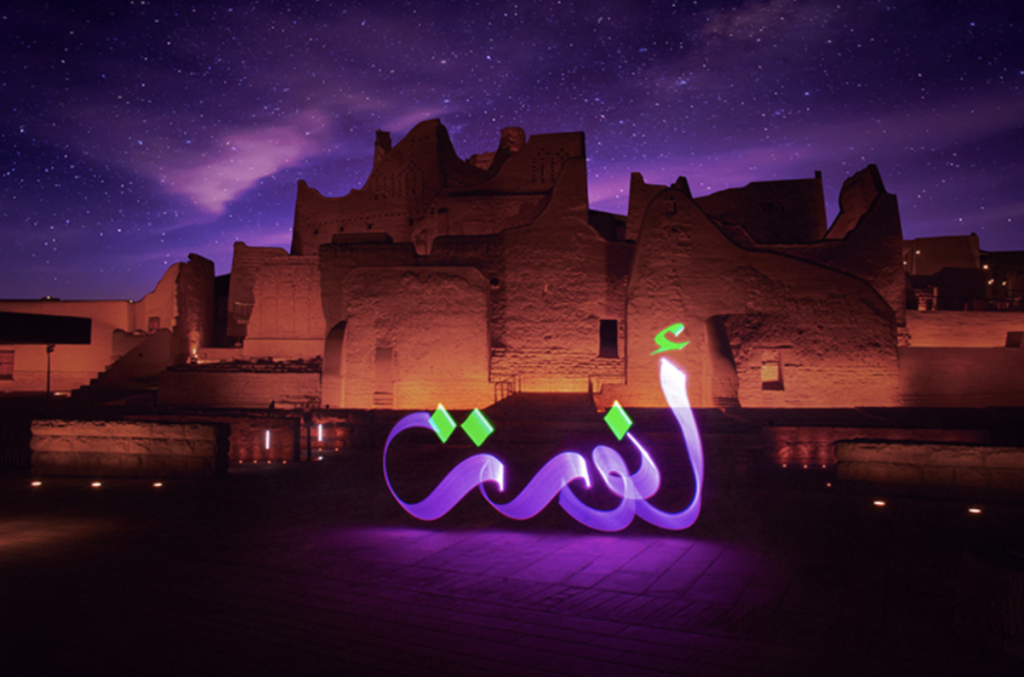
How can a form of art remain true to its nature even though the world has changed many times over?
Arabic calligraphy has evolved from its origins as a form of writing to become one of the most popular types of decorative art in the world today. Calligraphers use their creativity and artistic ability to create beautiful works of art that express their unique personalities and interests through their chosen medium. In Kamel al-Baba’s words, “Calligraphy is an art form that has existed in the Arab world for centuries, transforming simple words into a more poignant form of expression, originating when artists of old times would design elaborate and graceful flows of words from the holy Quran.” Arabic calligraphy is a bridge between our modern lives and our rich traditions and heritage. Today, calligraphy is experiencing a rebirth.
Unlike other cultures and religions, lively portrayal of religious figures is an impermissible form of art in Islam. Other outlets need to be realized and that is where Arabic calligraphy was perceived. Uslay defined writing as “all signs and figures formed by drawing, digging on any material to transfer feelings and ideas to others”. Calligraphy encompasses the whole framework of language and writing in the form of image. Recognizing that the written word in Islamic arts served more than just a functional purpose, of readability and spirituality, but also an aesthetic purpose, gives us an idea of why calligraphy prospered.
With time, Arabic calligraphy developed many styles, and was eventually narrowed down to the standardized scripts that we know of today. Not much has evolved after those scripts and rules were set. So how come calligraphy as a form of art did not decline?
What makes the form of expression special is, in my opinion, not the art itself but rather what the artist brings into the equation with minute variance. The artist pushes to incorporate other talents they have and explore how they can add value to this art through innovation. The trick in calligraphy is how to be special without changing.
Those who study calligraphy learn the rules of the traditional art from the outset. These serve as a framework within which calligraphers evolve, taking artistic license. Tradition can provide a solid foundation for innovation.
Tradition is what drives innovation in any field, and it’s no different in calligraphy. The more you know about how it is being developed and used, the better you’ll be able to understand why artists decided to carry out their work the way they did. Beyond skill, practice, patience and dedication, it is also about letting go and pressing forward with open arms towards experimentation and innovation in an effortless way.
In theory, any person can spend the time of day learning the rules of calligraphy to be able to apply it. However, once this person sticks to the rules of the book, masters all the guidelines and heads on to execute the work, what would distinguish this piece of art from any other person who conformed to the rules? The influence is within the bounds of deconstructing and reconstructing those calligraphic rules. There are those who have a lot of passion for it, continue to work on their own and start creating things that go beyond the boundaries of tradition and this is where innovation comes in. It is not about following a set path or following someone else’s footsteps. Innovation is not just about creating something new but also about bringing out something new from what already exists.
Only by reducing limitations and breaking boundaries, were artists able to embrace innovation and increase accessibility.
The following works have been selected as an example of innovative works in the realm of Arabic calligraphy.
The work of Nasser al Salem explores the possibilities of the Arabic script.
In one of the works that left an impression on me, he visualized his understanding of an excerpt from the Prophet: “يتطاولون في البنيان”, using concrete.
Nasser al-Salem is an artist whose work reflects his passion for innovation and creativity. He makes innovative use of media, elements that surprise the viewer with their unexpected transformation into something one may not expect to be in the context of a traditional exhibition of artwork.
Being a master of his craft, his works are not only beautiful but also very inspiring. He has taken the concept of Arabic calligraphy to new heights by ‘re-contextualizing it in unconventional mixed media forms through minimalist and architectural arrangement’. Al-Salem incorporated geometric arrangements in his artwork which reflects the features of the squared kufic script considering the importance of space, symmetry, and abstraction.

H58 x W90 x D35 cm
Concrete sculpture
Karim Jabbari was able to move past the traditional tool for creating calligraphic works.
In efforts to speak to younger generations and for fear of calligraphy dying as an art form, the artist pushes to embrace new technologies. Jabbari found a way to merge calligraphy with motion of the body rather than the wrist. Moving away from the customary reed pen and paper, he was able to merge perfectly calibrated movements of handheld light and long exposure photography. Jabbari created an unconventional medium for his work, and wrote in space. He uses this form of art to express his emotions in certain situations, creating a ‘a fleeting memorial fixed on film’.

Shine over the world, 2021
Nugamshi explores the evolution of traditional calligraphy using tools inspired from other cultures to create different outputs.
He did not succumb to his hand tremor condition, which would naturally be a drawback when it comes to Arabic calligraphy. He pushed to create and make his own mark. Similar to Jabbari, with every movement that feels like a dance, Nugamshi used his body movement to help create his artworks with a broom on a wall. He remains true to the tradition of calligraphy while using the space around him as a medium. Merging graffiti with the traditional calligraphy, Nugamshi pursues calli-graffiti as a form of expression in public spaces.

Innovation is a journey of constant learning, but learning alone will not result in innovation. You must master the rules to be able to break them. It requires a mind that seeks out new ways of doing things, however, this process requires a certain amount of risk-taking and trial-and-error as well as a willingness to change course when necessary.
Nour Zahabi

No comment yet, add your voice below!